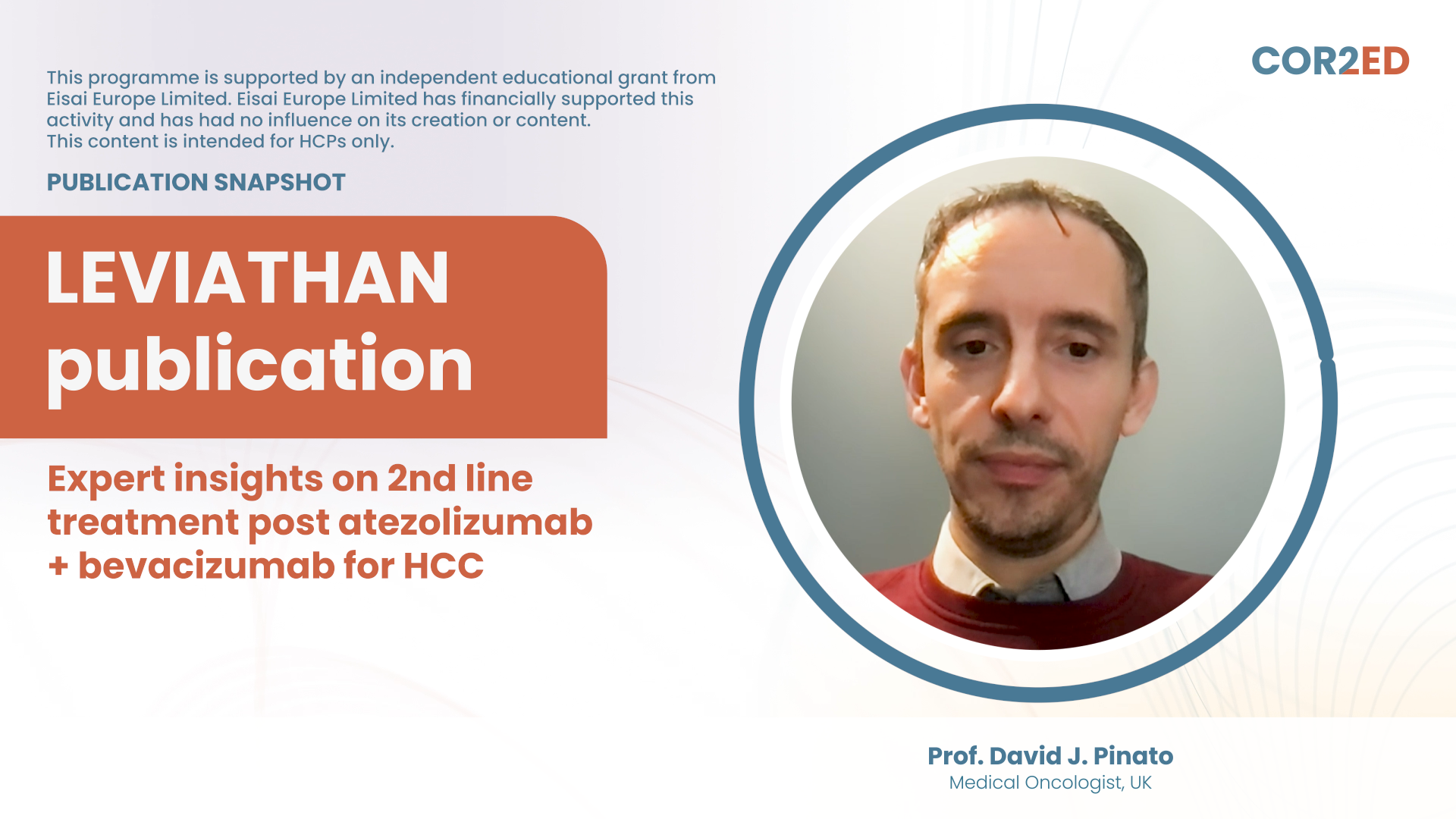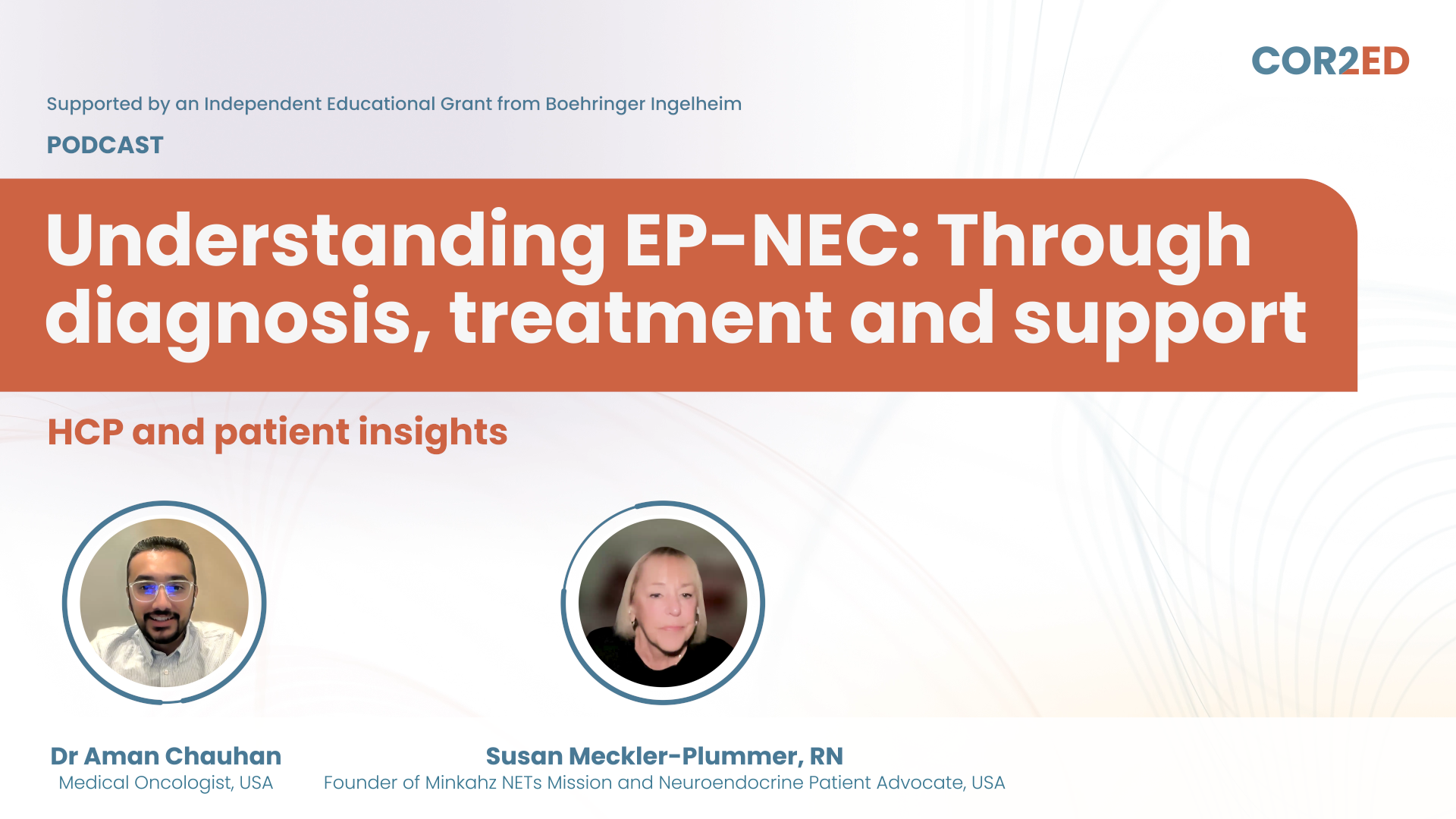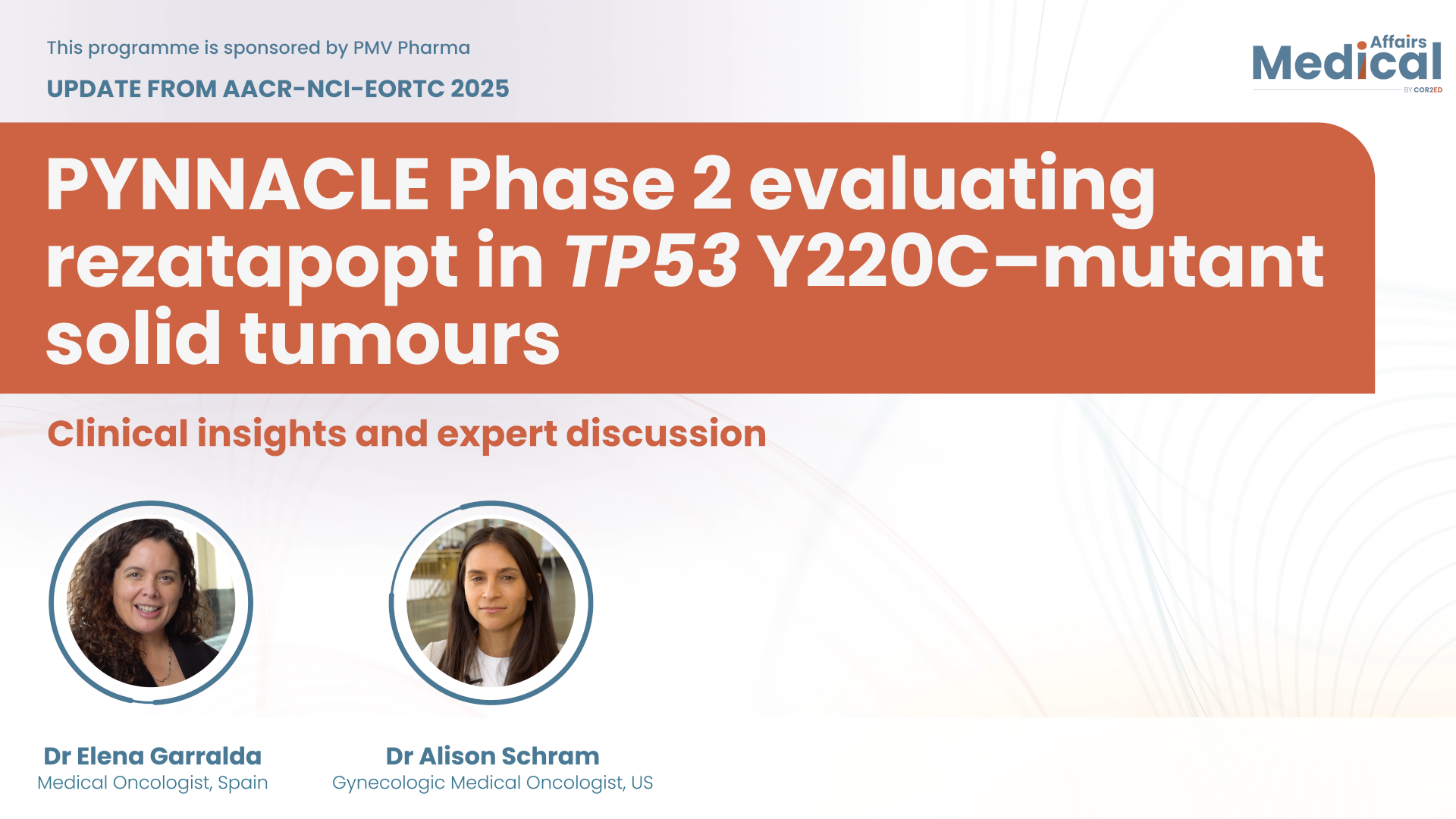GU CONNECT Update from ESMO 2022
Hi, I'm Dr Ray Manneh and I'm coming to you from ESMO 2022 in Paris, right after the Presidential sessions and I'm going to give you my perspective on the GU abstracts that were presented this year. There were three of them.
The first one is CheckMate 914 that tested nivolumab plus ipilimumab in the adjuvant setting for RCC patients after radical nephrectomy, and the trial didn't meet its primary endpoint of DFS.
The trial highlights the importance of this population and the need that we have to see the results of next trials. It will also increase our expectancy on the overall survival results from KEYNOTE-564.
The second one is the COSMIC-313 trial. It is the first trial to test triplet against doublet therapy. And it's the first trial that included a new standard of care in the comparison arm.
The trial tested cabozantinib plus ipilimumab + nivolumab against nivolumab plus ipilimumab. The study is a positive study. It showed a progression-free survival advantage for the triplet therapy.
The OS results are still immature, but the toxicity profile is increased by the triplet therapy. We need more information to change our minds regarding the choice of first-line treatment, and we will also need the results from other triplet therapy trials.
The third abstract was presented by Dr Parker from the UK and tested the need of adjuvant ADT after radiotherapy done after surgery for prostate cancer. The study tested two ways of ADT. None ADT versus short-term ADT and short-term ADT versus long-term ADT meaning 24 months of ADT. The primary endpoint was MFS, metastasis-free survival. The study is negative for the comparison between none versus short-term ADT. This population was at really low risk of relapse after this radiotherapy, and it included population with adjuvant and early salvage radiotherapy. The other comparison was between short-term ADT versus long-term ADT, and the results were positive, the intervention of 24 months on ADT increased the likelihood of being metastasis-free after 10 years by six per cent.
These results show us the need of ADT for the worst population after radical prostatectomy.
In the clinical scenario, we will need to consider these results and compare with the other trials that were presented before.
That's all we have. We will give you more details about ESMO in further videos. Thank you.
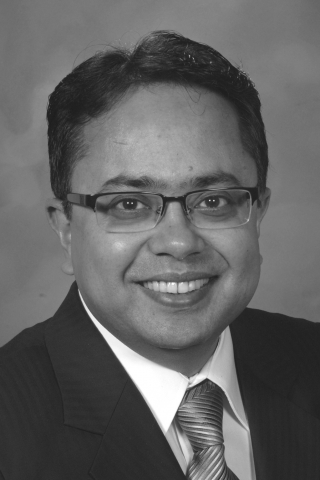


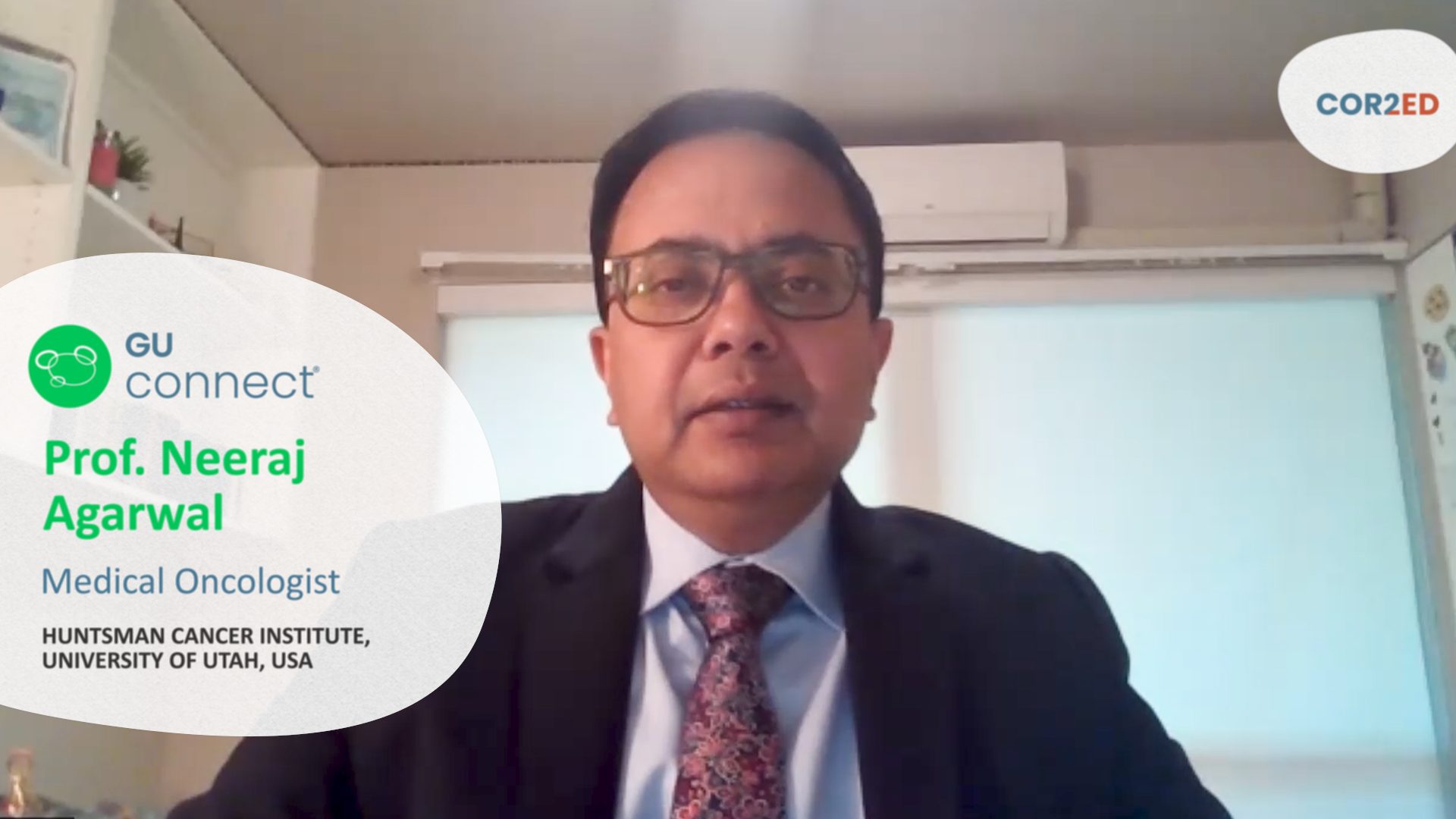
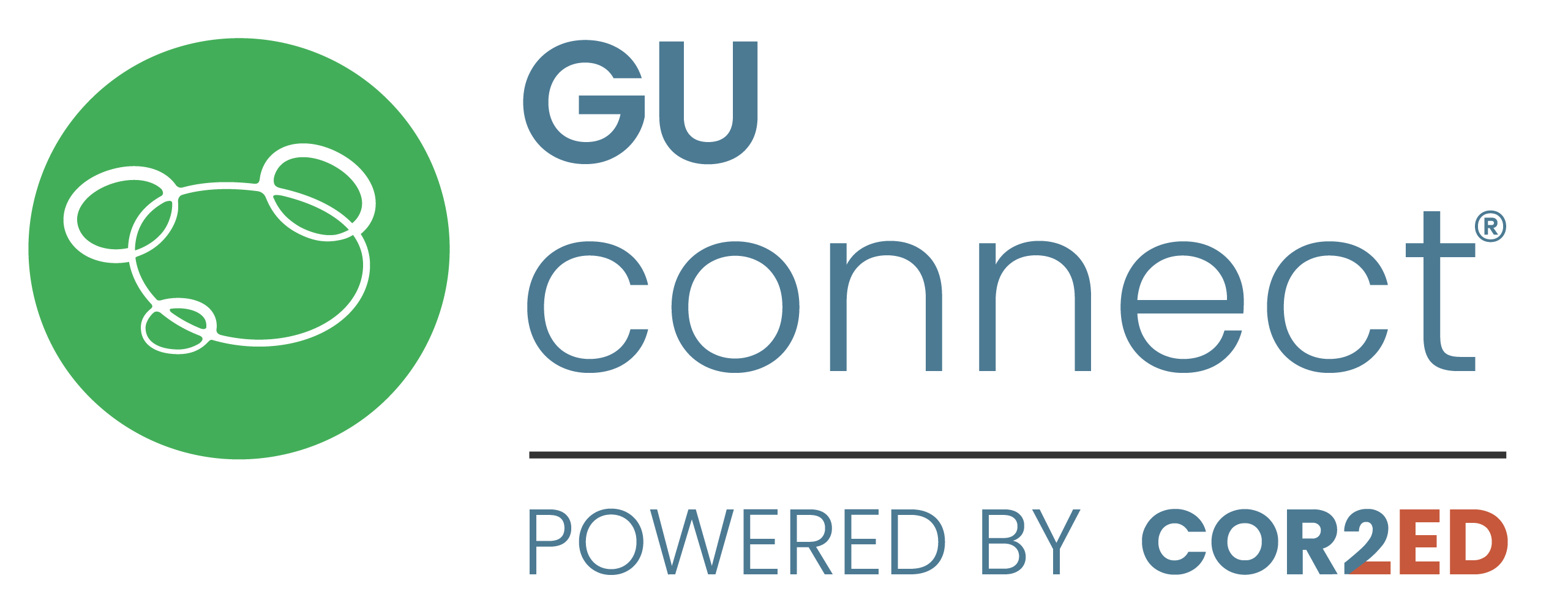
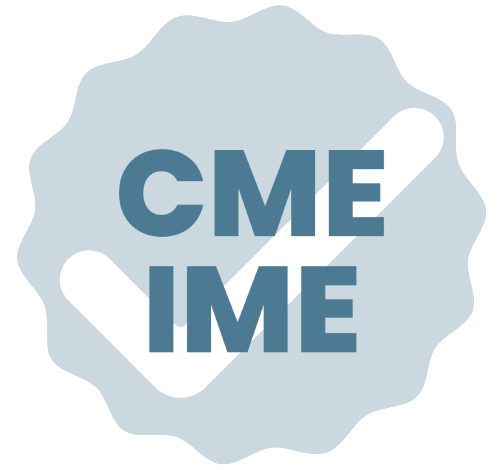


 5 MIN
5 MIN
 Dec 2025
Dec 2025 
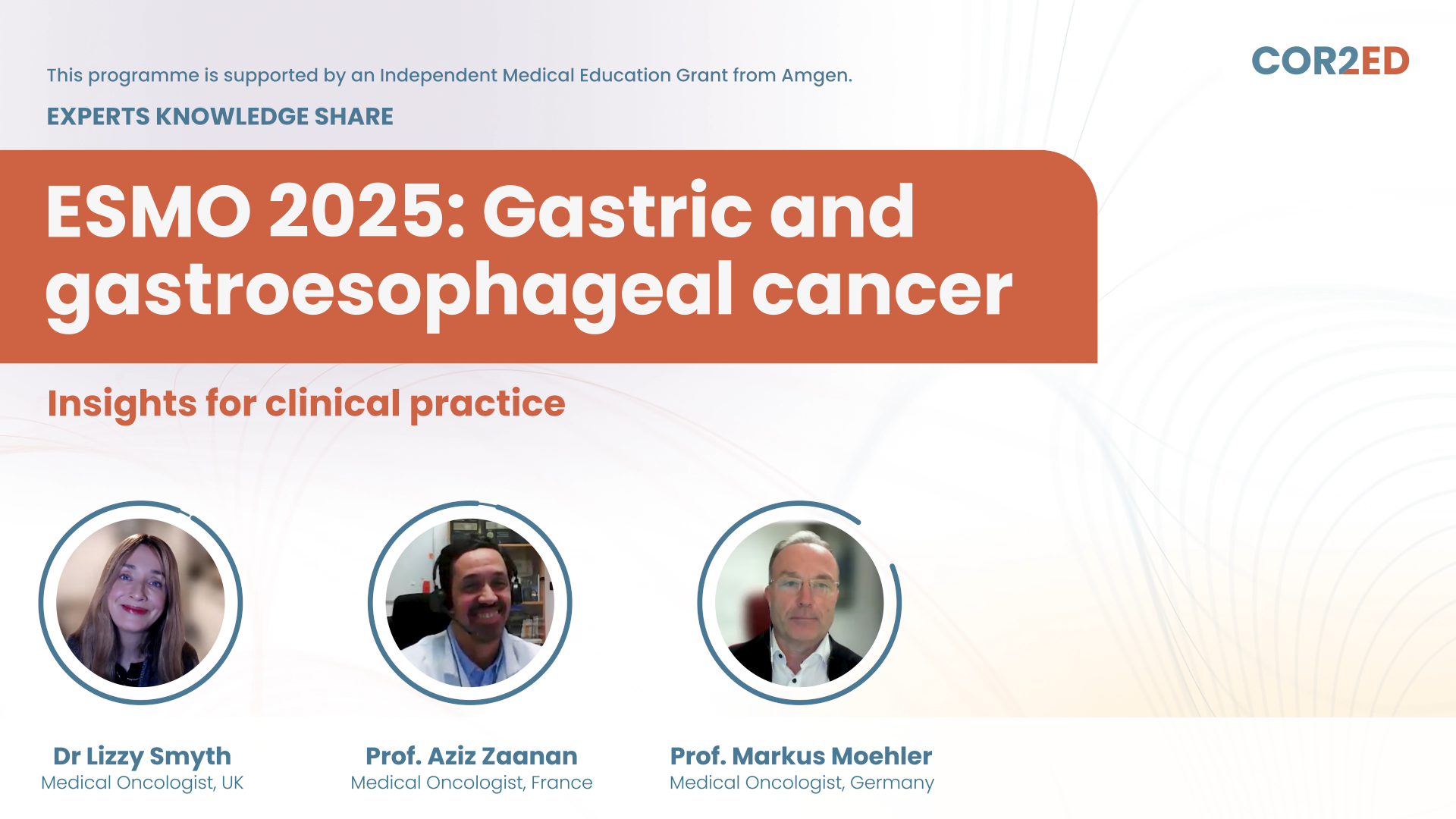

 Downloadable
Downloadable 